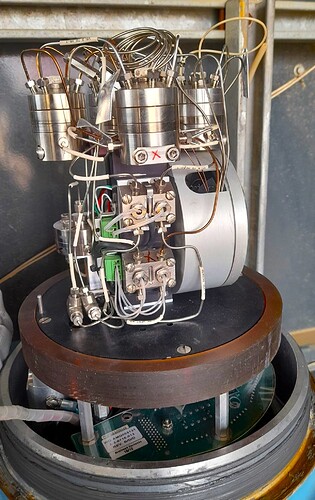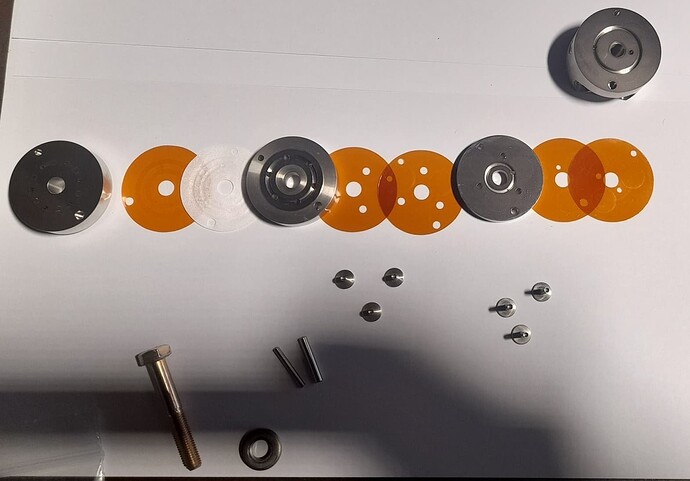To rebuild the 6-port and 10-port valves of the Gas Chromatograph GC770XA C6+, you should refer to the manufacturer’s official documentation, such as the instrument’s user manual, service manual, or technical support resources.
6-port and 10-port Valves in the Gas Chromatograph
These documents will provide step-by-step instructions, safety precautions, and guidelines for performing maintenance tasks and rebuilding valves however a general outline, the procedure for rebuilding valves in gas chromatographs may involve the following steps:
• Safety Precautions: Before starting any maintenance task, make sure the instrument is turned off and disconnected from power sources. Follow all safety guidelines and wear appropriate personal protective equipment.
• Accessing the Valves: Depending on the instrument’s design, you may need to remove the instrument covers, heater or panels to access the valves.
• Document the Configuration: Take pictures or notes of the valve’s current configuration, tubing connections, and orientation to ensure you can reassemble them correctly later.
• Disassemble the Valve: Carefully disassemble the valve, following the instructions provided in the documentation. Keep track of all the components you remove.
• Cleaning and Inspection: Thoroughly clean the valve components and inspect them for signs of wear, damage, or contamination.
• Replacement Parts: If any parts are damaged or worn out, obtain genuine replacement parts from the manufacturer or authorized supplier.
• Reassembly: Reassemble the valve components in the correct order and orientation, following the manufacturer’s guidelines. For the 6 port valve 20 Ftlb force is required and for 10 ports valve 30 ftlb force is required to tight the bolt.
• Leak Check: Perform a leak check to ensure that all connections are tight and secure.
• Functional Testing: After reassembling the valve, conduct functional testing to ensure it operates properly. This may involve injecting known standard samples and verifying the chromatographic performance.
• Calibration: If required, recalibrate the instrument following the manufacturer’s calibration procedures.
• Documentation: Keep a detailed record of the maintenance performed, including date, task description, and any replacement parts used.
Always follow the manufacturer’s guidelines and recommendations when performing maintenance tasks on sensitive laboratory equipment like gas chromatographs to maintain accuracy and instrument performance.
Credits: Naveed Ahmad

